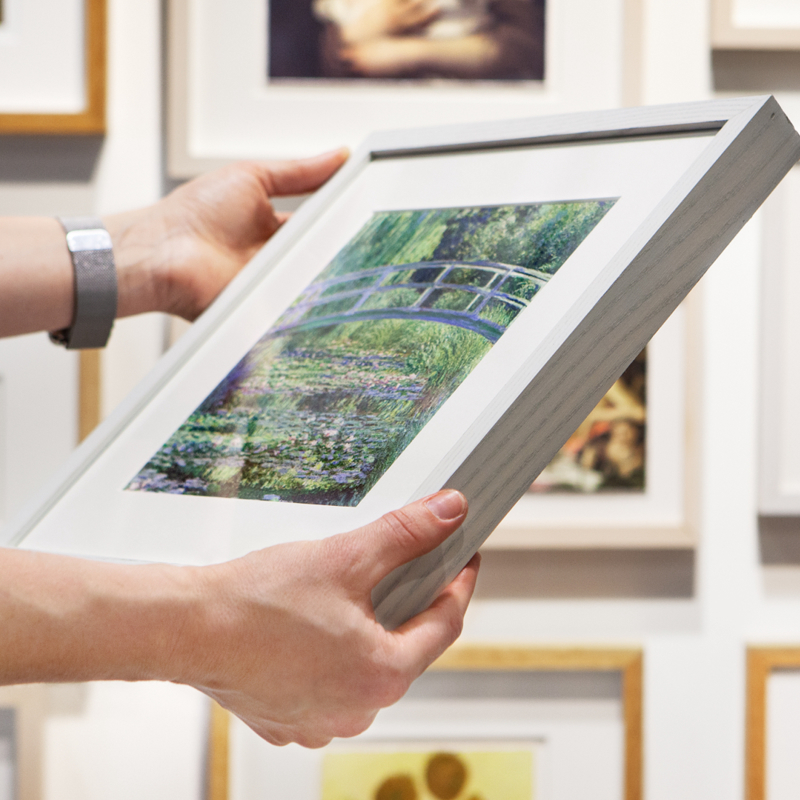Saint Augustine, Bishop of Hippo, was a Roman African, early Christian and theologian. His writings, which included De Trinitate (About the Trinity), profoundly influenced Western Christianity and philosophy. This painting represents Augustine’s vision in which he saw a child trying to empty the sea into a hole dug in the sand. When Augustine told him that this was impossible, the child, a messenger from God, replied that Augustine’s attempt to explain the Trinity was an equally impossible task.
Garofalo has made the child perched on a mound of sand Christ himself, his head crowned with a halo of rays of light. The Christ Child in the heavens and the child below have similar facial features and both have a halo of rays of light and an orange cloak. Saint Augustine wears a church vestment known as a cope, rather unusually painted half blue and half red.
The subject was not rare in art at this time but was usually represented in one of the panels of a predella, the base of an altarpiece showing narrative scenes from the life of the saint featured in the main panel. Garofalo’s painting, although similar in size to a predella panel, was not made as one but rather as an independent picture for private devotion and visual enjoyment.
Garofalo’s depiction of the episode is unusual in that it includes the holy family – Joseph is just visible behind the Virgin and Child in the clouds – and Saint Catherine of Alexandria, beside Saint Augustine, and Saint Stephen, on the shore in the middle distance. Saints Catherine and Stephen, like Saint Augustine, were both associated with north Africa, which may provide a possible explanation for their inclusion. Although they were not alive during the time of Saint Augustine, they were probably saints to whom the person who commissioned the painting was especially devoted. Filippino Lippi’s Adoration of the Magi is a slightly earlier example where other saints are added to a religious narrative.
Saint Catherine stands beside a wheel representing her martyrdom. Garofalo used the blue pigment azurite for her dress rather than the more expensive ultramarine used for the Virgin’s mantle. At the time ultramarine, made from the semi-precious stone lapis lazuli, was more expensive than gold and was always used for the Virgin Mary’s robes. Saint Stephen wears a deacon’s robes and holds the stones with which he was martyred.
The rich colours of this painting are exceptionally well preserved. We can still appreciate the texture of the paint and subtle effects that have survived, particularly in the sky and landscape. Garofalo has painted the blue of the distant hills with ultramarine and white with a greener azurite blue underlayer that is allowed to shine through here and there. Tiny dabs of light appear on the trees to the right and loose brushstrokes of yellow-green enliven the hillsides. The surface of the water is broken with delicate white waves, which ripple and splash against the rocks. Galleons and smaller craft sail near a town on the shore, while a patchwork of fields appears on the mountain slopes. The painting was very highly regarded during the eighteenth and nineteenth centuries.
Want to find out more?
Delve deeper and explore the catalogue entry for this painting.







